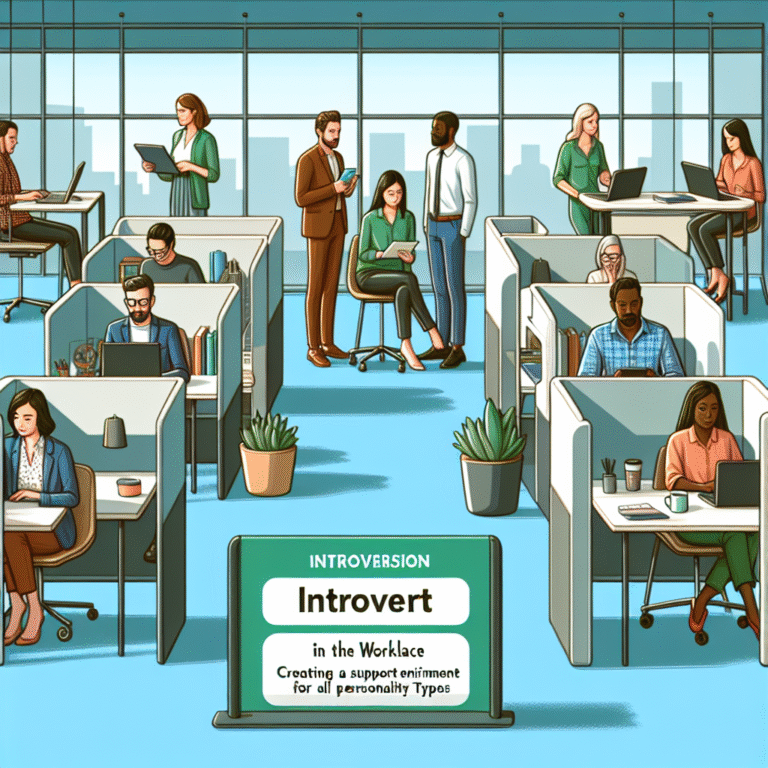
Introduction
In the realm of modern medicine, one of the most fascinating, yet often overlooked, phenomena is the placebo effect. This intriguing twist of the human mind can lead to significant improvements in health, even when a treatment is inert. It’s a powerful testament to the mind-body connection and carries monumental implications for patient care. As we dive into the depths of Harnessing the Placebo Effect: Innovative Approaches in Modern Medicine, we will explore how healthcare practitioners are not just acknowledging this phenomenon but mastering it in innovative and ethical ways.
The Science Behind the Placebo Effect
Before we explore the methods of harnessing the placebo effect, let’s first delve into what it is. The placebo effect can be defined as the measurable, observable, or felt improvement in health not attributable to an actual therapeutic intervention. Research suggests that approximately 30-40% of patients experience a positive effect from placebos alone. Understanding the mechanisms at work can help practitioners leverage this gift in patient care.
Psychological Mechanisms
Expectation: The most common explanation is that patients’ expectations can lead to physiological changes. If a patient believes that a treatment will help, the brain can produce real changes in the body such as reducing pain or improving mood.
- Conditioning: This involves associating a specific stimulus with a response. Just like Pavlov’s dogs salivated at the sound of a bell, patients can improve their health responses based on prior experiences with medication.
Neurobiological Changes
Studies have shown that the brain can release neurotransmitters like endorphins and dopamine when a placebo is administered, mimicking the effects of real medications. This neurochemical twist could be crucial for conditions managed through pain relief and emotional well-being.
Case Study: The Arthritis Community
One standout example of Harnessing the Placebo Effect: Innovative Approaches in Modern Medicine comes from the field of rheumatology. A meta-analysis involving hundreds of patients suffering from arthritis showed that those who received placebo treatments exhibited significant improvement in their symptoms.
Analysis
The study revealed that patients, when informed about the effectiveness of the treatment, experienced a reduction in pain levels. By implementing systematic coaching on treatment expectations and communicating confidence in care, doctors can elevate patient outcomes without the introduction of additional pharmaceuticals.
Innovative Approaches in Patient Care
Healthcare providers are integrating innovative approaches to harness the placebo effect, altering patient perspectives and outcomes.
1. The Doctor-Patient Relationship
The therapeutic alliance between a doctor and their patient can heavily influence health outcomes. A warm, empathetic approach encourages trust and expectations—key components of harnessing the placebo effect.
- Case Study: A hospital in Boston introduced compassion training for doctors. Over six months, the results showed a 20% decrease in prescription medications for pain management. Patients reported feeling better simply because they felt understood and cared for.
2. Mindfulness and Meditation
Incorporating mindfulness techniques into treatment plans allows patients to explore their expectations and emotional states. Research has indicated that mindfulness meditation can enhance the placebo effect by promoting a greater connection with one’s own body.
- Case Study: A group of cancer patients undergoing chemotherapy participated in a mindfulness program that educated them about the placebo phenomenon. The result? Remarkably lower levels of reported nausea and pain, compared to a control group.
3. The Power of Language
Words can heal. The language used during consultations can drastically affect patients’ beliefs and expectations.
- Case Study: A randomized trial investigated the impact of different phrasing around medications prescribed for chronic pain. Patients who received positive wording—like “this treatment has shown promise”—reported a 30% greater improvement in pain relief versus those who received standard medical terminology.
Charting the Benefits: Placebo vs. Real Treatment
| Treatment Type | Patient Improvement Rate | Notes |
|---|---|---|
| Placebo | 30-40% | Varies by expectation |
| Real Medication | 50-70% | Dependent on condition |
| Combined | 75-80% | Enhances treatment efficacy |
This table illustrates the potential for combining real medications with the power of the placebo effect to achieve maximum patient benefit.
Addressing Ethical Considerations
While harnessing the placebo effect can lead to remarkable improvements in patient care, it’s essential to navigate the ethical landscape carefully. Informed consent must prevail, and transparency is key. Deceiving patients undermines trust and professional integrity. Therefore, healthcare providers are encouraged to frame the placebo effect as a natural part of the healing process without misleading patients.
Example: Active Placebo
A method gaining traction in research is the use of “active placebo” treatments—interventions that produce side effects similar to actual medications but lack the therapeutic benefits. This can help set patient expectations and show them that their experience truly matters, enhancing the placebo effect while maintaining ethical transparency.
Conclusion
As we uncover the layers of Harnessing the Placebo Effect: Innovative Approaches in Modern Medicine, the potential within our grasp becomes clear. By understanding the psychological and biological mechanisms at play, healthcare professionals can effectively enhance patient care. Innovative methods, coupled with ethical practices, can lead to profound improvements in treatment outcomes without increasing pharmaceutical reliance.
In a world constantly searching for quicker fixes, this gentle yet powerful approach invites us to rethink our expectations around healing. By fostering hope, trust, and meaningful communication, healthcare providers can inspire resilience and promote wellness from within.
FAQs
1. What is the placebo effect?
The placebo effect is a phenomenon where patients experience improvement in symptoms after receiving a treatment that has no therapeutic value, due to their belief in the treatment.
2. Can the placebo effect be harnessed in every medical scenario?
While the placebo effect has shown success in various conditions, especially pain management and depression, it may not be effective for all medical issues, particularly those requiring immediate and definitive medical intervention.
3. Is it ethical to use placebos in medical treatment?
Using placebos involves navigating ethical considerations. While some practitioners use active placebos, transparency and informed consent must always be maintained to uphold trust.
4. How can communication enhance the placebo effect?
Effective communication can amplify patient expectations. Phrasing that instills confidence can significantly boost the perceived effectiveness of treatments, enhancing the likelihood of a positive outcome.
5. Are there any risks associated with the placebo effect?
The primary risk involves potential emotional distress if a patient discovers they did not receive effective treatment. An open dialogue and education about the placebo phenomenon can mitigate these risks while promoting understanding.
Through thoughtful exploration and implementation, Harnessing the Placebo Effect: Innovative Approaches in Modern Medicine can revolutionize how we view healing, ultimately leading to a more holistic approach to patient care that cherishes the power of the human mind in the healing process.











